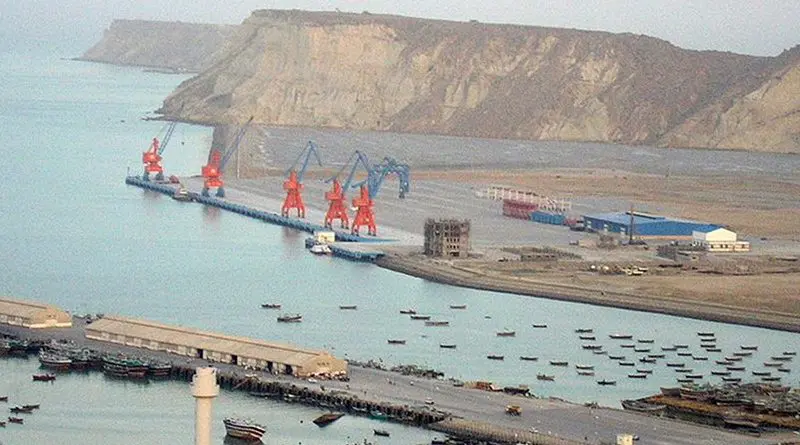CPEC: The Real Game Changer For Central Asia – OpEd
An exceptional geographical location makes Pakistan a real gateway between South Asia and East Asia, and the actual hub of business activities in the region. The fact that this position is not merely confined with the CPEC, but already exists, together with the current Corridor project will further facilitate the smooth connectivity between South and East Asia. This geographical situation gives Pakistan a central position in terms of increased regional connectivity.
Economic development in modern times is mainly dependent on tbetter infrastructural conditions essential for the trade and transport activities. China’s active investment in agri-business and telecommunication, natural resource extractions including oil, gas, and uranium, gold and copper enhance the exports greatly help the boost of the Central Asia economy. However, such immense natural richness of resources will hardly contribute to the national development and the enhancement of the living standards if Central Asian states obstruct and face limitations in terms of their trade and export activities.
China has been a major player for the infrastructural and economic development by building roads, tunnels, railway tracks, power lines and oil refineries in Central Asian states. China has also been instrumental in development of the two most important Central Asian road connections of Osh-Sarytash-Irkeshtam and Bishkek-Naryn-Torugart in Kyrgyzstan and Tajikistan respectively. The Irkeshtam Pass crosses through the Osh–Sary Tash of Kyrgyzstan to the Kashgar in China. Whereas, the Bishkek-Naryn-Torugart road is the other most significant transportation link route connecting the Kyrgyzstan with parts of Europe-East Asia and the Central Asia Regional Economic Cooperation (CAREC) Transport Corridor and serves as key regional economic hub by connecting the landlocked CAREC countries with the Eurasian and global markets. The road essentially links three administrative regions of the former Soviet Union, i.e. Chui, Naryn and Issyk-Kul and connect the territories of Kyrgyzstan and China across the Tian Shan mountain ranges of Torugart Pass and the northern settlements of Kordai. Ultimately, this important transit traffic route between Kyrgyzstan and China connects with the Karakorum highway of Pakistan providing access to Russia and Kazakhstan to access the ports of Indian Ocean.
The CPEC is situated at the crossroads of the Silk Road Economic Belt and the 21st Century Maritime Silk Road. The planned road and railway networks of CPEC link China’s Xinjiang Uygur Autonomous Region with the Southwest Pakistan’s deepwater port of Gwadar. The CPEC is also an important part of the Belt and Road Initiative holding huge economic potential and business opportunities for the whole region. Realizing the importance of CPEC for Central Asian region, the President of Turkmenistan Gurbanguly Berdimuhamedov visited Pakistan in March focusing on strengthened bilateral relationship with Pakistan covering broad areas of cooperation ranging from trade, energy sharing, and tourism. To explore the viable economic options it was decided to speed up the linking Dushanbe through the China Pakistan Economic Corridor (CPEC) and establishing air, road and railway links between both countries having exceptional geostrategic and geo-economic significance in the region.
The Silk Road Economic Belt network brings together China with Central Asia, Russia and Europe through an overland link with the regions of Persian Gulf and the Mediterranean Sea. The Central and West Asian region connects with the South East Asia, South Asia and the Indian Ocean. Whereas, the 21st Century Maritime Silk Road links China’s coast with the Europe through South China Sea with Indian Ocean and the South Pacific and serves as an international trade route. The Gwadar, Bin Qasim and Karachi ports of Pakistan are the only intersection of the both Silk Road Economic Belt and the 21st Century Maritime Silk Road.
Moreover, after fully functioning of the Gwadar Port, it will become a central point of connection for the landlocked countries of Afghanistan, Uzbekistan and Tajikistan and exceptionally facilitate their cargo transportation destinations towards Sri Lanka, Bangladesh, Iran, and Iraq. The CPEC will eventually boost up regional economies and impact the lives of over three billion people of Asia through immense trade and businesses opportunities.

